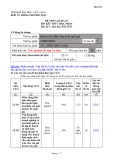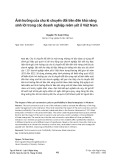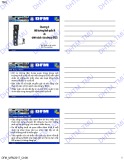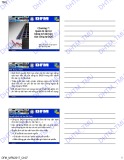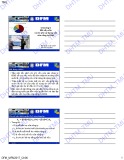
CHAPTER 31
Cash Management
Answers to Practice Questions
1. a. Payment float = 5 × $100,000 = $500,000
Availability float = 3 × $150,000 = $450,000
Net float = $500,000 – $450,000 = $50,000
b. Reducing the availability float to one day means a gain of:
2 × $150,000 = $300,000
At an annual rate of 6%, the annual savings will be:
0.06 × $300,000 = $18,000
The present value of these savings is the initial gain of $300,000. (Or, if
you prefer, it is the present value of a perpetuity of $18,000 per year at an
interest rate of 6% per year, which is $300,000.)
2. a. Ledger balance = starting balance – payments + deposits
Ledger balance = $250,000 – $20,000 – $60,000 + $45,000 = $215,000
b. The payment float is the outstanding total of (uncashed) checks written by the
firm, which equals $60,000.
c. The net float is: $60,000 - $45,000 = $15,000
3. a. Knob collects $180 million per year, or (assuming 360 days per year) $0.5 million
per day. If the float is reduced by three days, then Knob gains by increasing
average balances by $1.5 million.
b. The line of credit can be reduced by $1.5 million, for savings per year of:
1,500,000 × 0.12 = $180,000
c. The cost of the old system is $40,000 plus the opportunity cost of the extra
float required ($180,000), or $220,000 per year. The cost of the new
system is $100,000. Therefore, Knob will save $120,000 per year by
switching to the new system.
4. Because the bank can forecast early in the day how much money will be paid out,
the company does not need to keep extra cash in the account to cover
43





